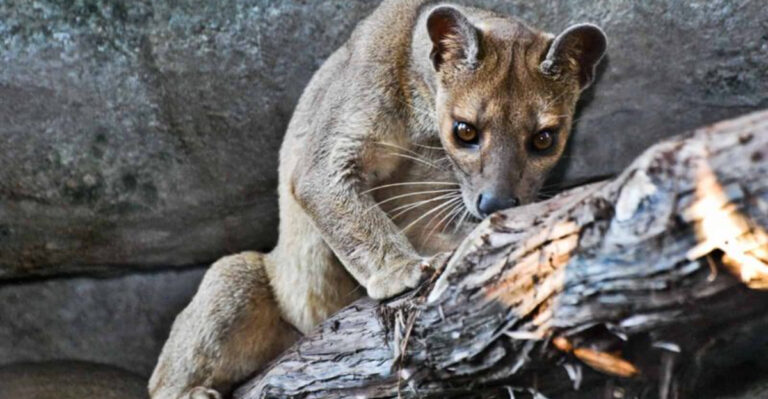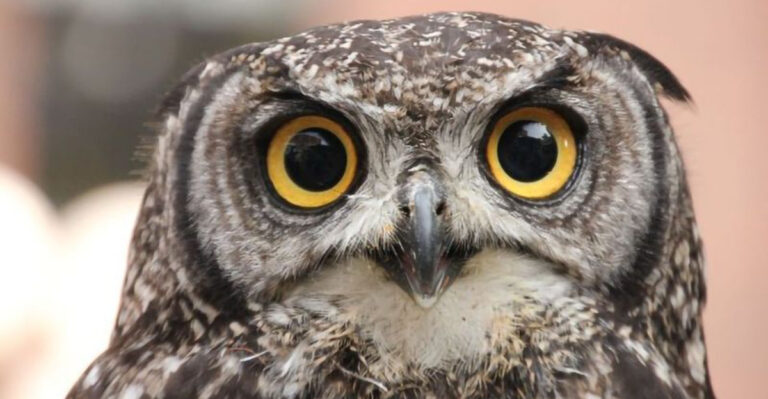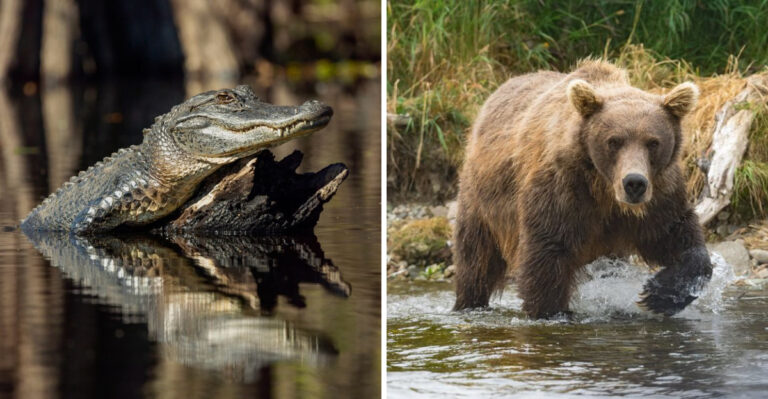10 Species Lost Due To Human Activity (And 5 We Helped Return To Life)
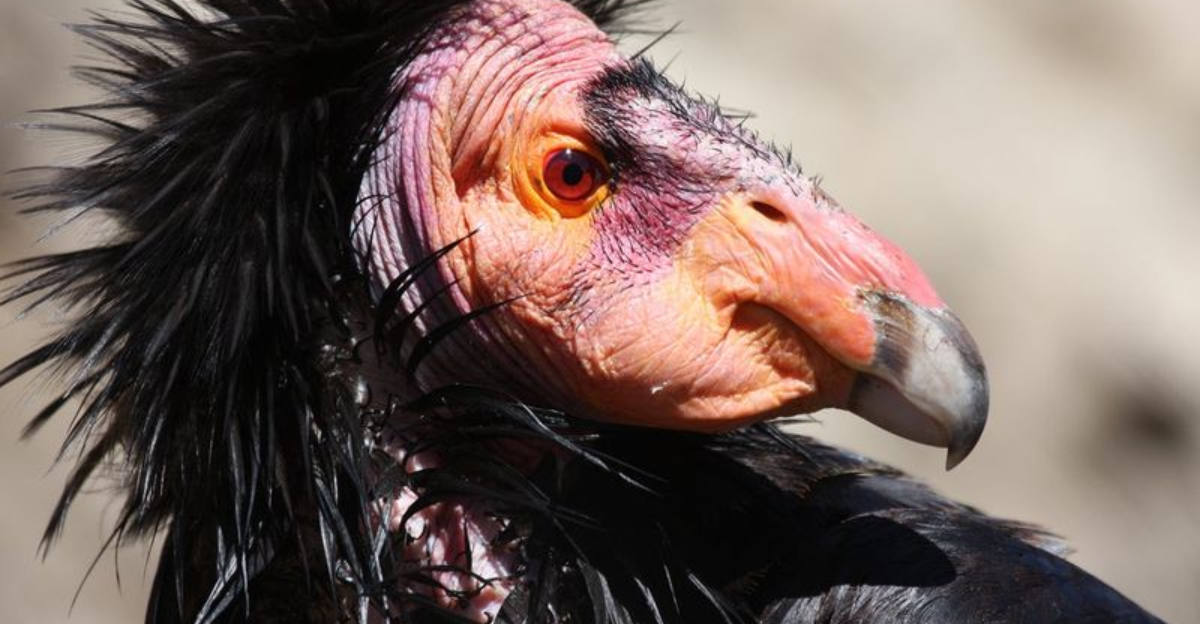
Our planet has witnessed incredible biodiversity, but human actions have permanently erased many species from existence. Hunting, habitat destruction, pollution, and climate change have all contributed to these tragic losses.
Yet amid these sobering stories, there are glimmers of hope – instances where dedicated conservation efforts have brought animals back from the brink of extinction.
1. Passenger Pigeon: From Billions To None
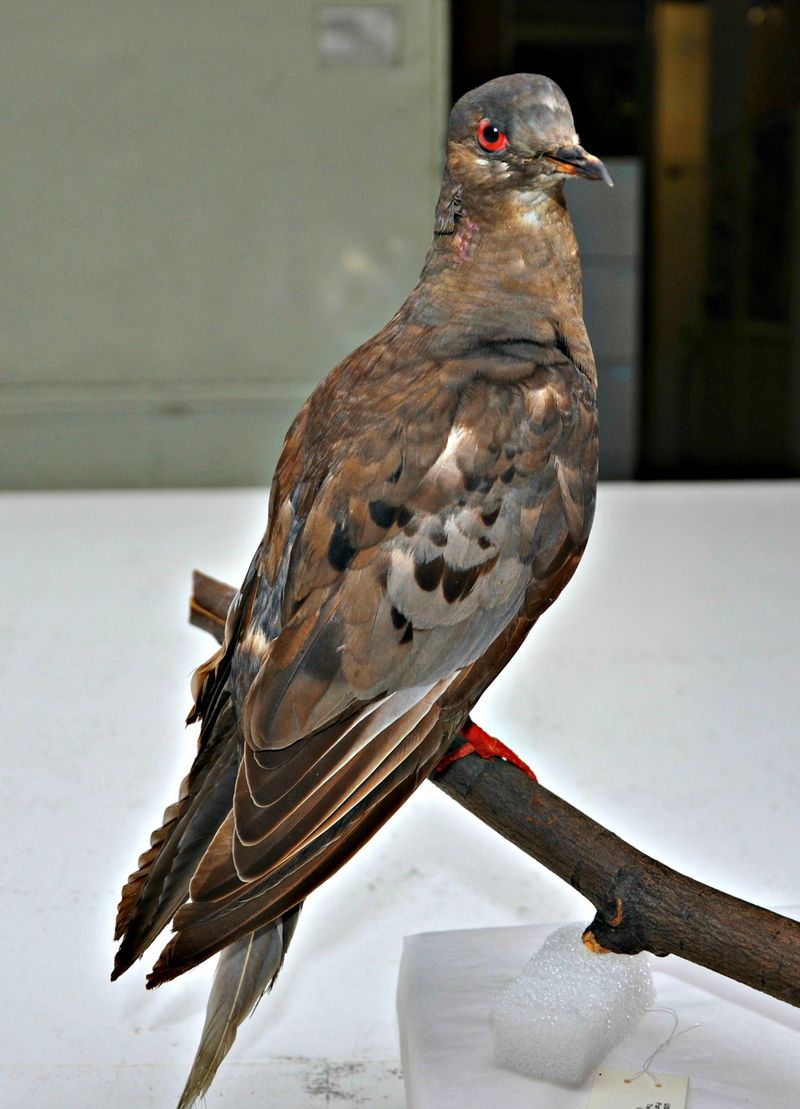
Once darkening North American skies with flocks so massive they could take days to pass overhead, passenger pigeons vanished in just decades. Ruthless commercial hunting in the 1800s decimated their population.
Martha, the last known passenger pigeon, died alone at the Cincinnati Zoo in 1914. Their extinction shocked the public and became an early catalyst for the conservation movement we know today.
2. Tasmanian Tiger: A Striped Hunter Vanishes
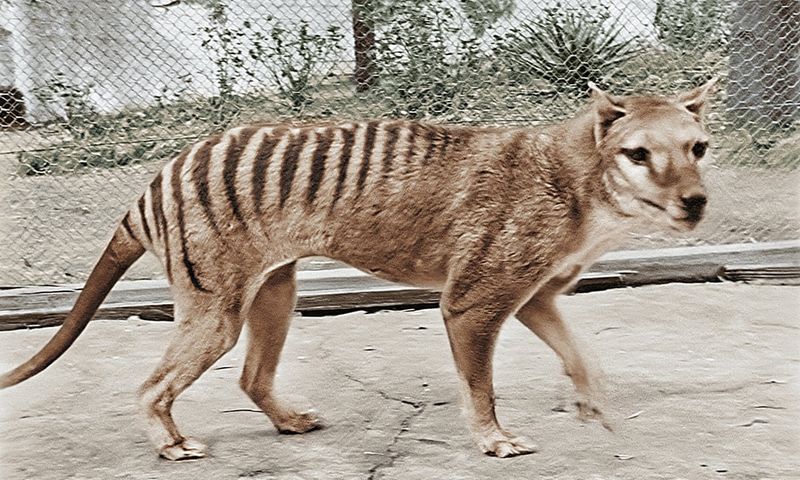
The thylacine – with its dog-like body and distinctive tiger stripes – roamed Tasmania until European settlers arrived. Farmers blamed these carnivorous marsupials for livestock losses, leading to government bounties on their heads.
The last captive thylacine died at Hobart Zoo in 1936, though unconfirmed sightings continue today. Their extinction represents one of Australia’s most profound wildlife tragedies.
3. Dodo Bird: Symbol Of Human-Caused Extinction
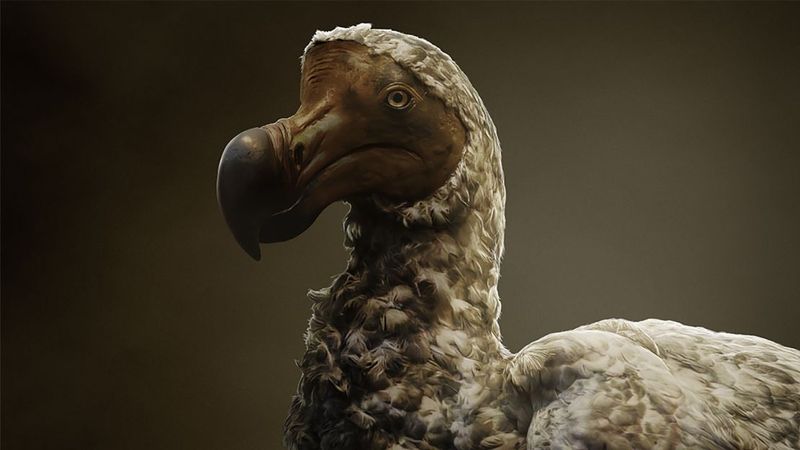
Sailors arriving on Mauritius in the late 1500s encountered the flightless dodo – a bird that had evolved without natural predators. Having never learned to fear humans, these trusting creatures were easily hunted.
Beyond direct hunting, introduced species like rats, pigs and monkeys destroyed dodo eggs. By 1662, this remarkable bird had disappeared forever, becoming the ultimate symbol of human-caused extinction.
4. Steller’s Sea Cow: Giant Of The Sea
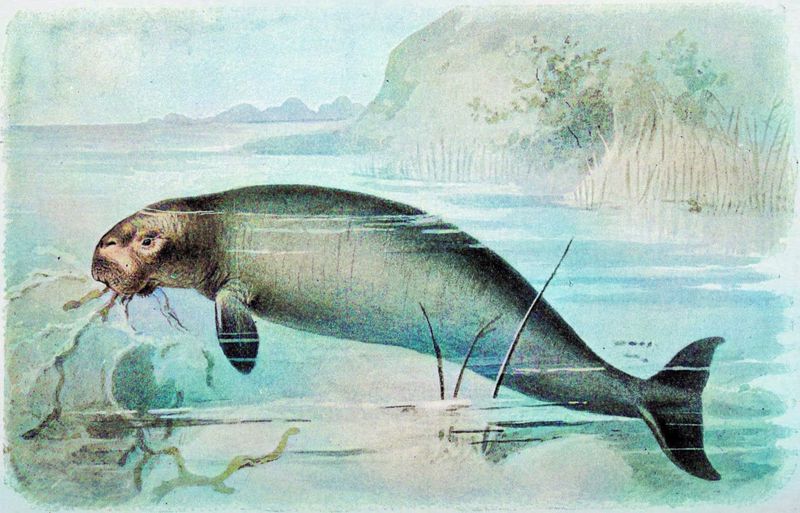
Imagine a manatee three times larger! Steller’s sea cows once peacefully grazed kelp forests in the North Pacific. German naturalist Georg Steller documented these gentle giants in 1741 during Bering’s expedition.
Just 27 years after their scientific discovery, these slow-moving mammals were hunted to extinction. Sailors prized them for their meat, fat, and hide – a classic case of humans discovering and destroying a species within a single generation.
5. Great Auk: The Original Penguin

Standing three feet tall with tuxedo-like plumage, the great auk resembled penguins but belonged to a completely different family. These flightless seabirds once thrived across North Atlantic coastlines.
Hunters harvested them for meat, eggs, and feathers. The final pair was killed in Iceland in 1844 when collectors realized how rare they’d become. Today, fewer than 80 stuffed specimens remain in museums worldwide.
6. Baiji Dolphin: River Ghost Of China
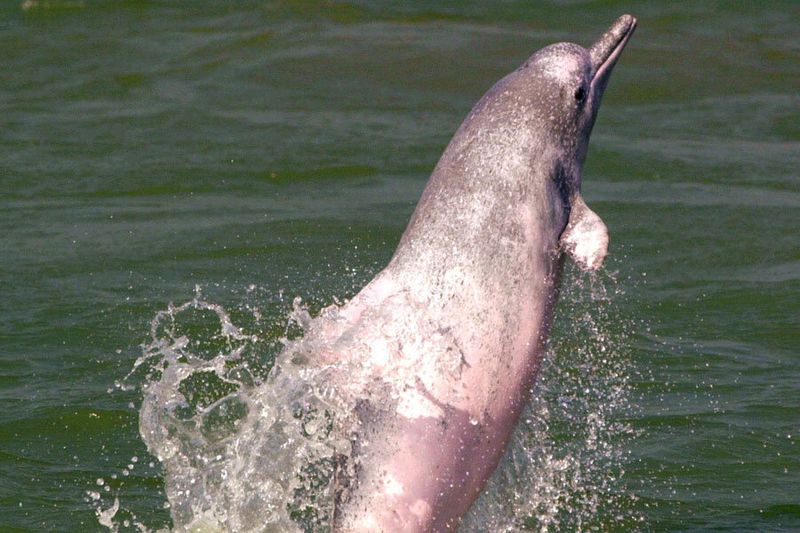
For 20 million years, the white-finned Baiji dolphin navigated China’s Yangtze River using sonar to compensate for its poor eyesight. Local fishermen once considered these dolphins divine – river goddesses who protected those who sailed her waters.
Industrialization changed everything. Pollution, dam construction, and illegal fishing practices destroyed their habitat. In 2006, after an extensive six-week search found no survivors, scientists declared the Baiji functionally extinct.
7. Caribbean Monk Seal: Paradise Lost

Christopher Columbus called them “sea wolves” when he encountered these gentle marine mammals in 1494. Caribbean monk seals once lounged on beaches throughout the West Indies, from the Gulf of Mexico to the Caribbean Sea.
Hunted relentlessly for their oil and blubber, their numbers plummeted rapidly. The last confirmed sighting occurred in 1952 at Serranilla Bank. In 2008, after five years without a single sighting, the NOAA officially declared them extinct.
8. Pyrenean Ibex: Mountain Monarch Vanishes
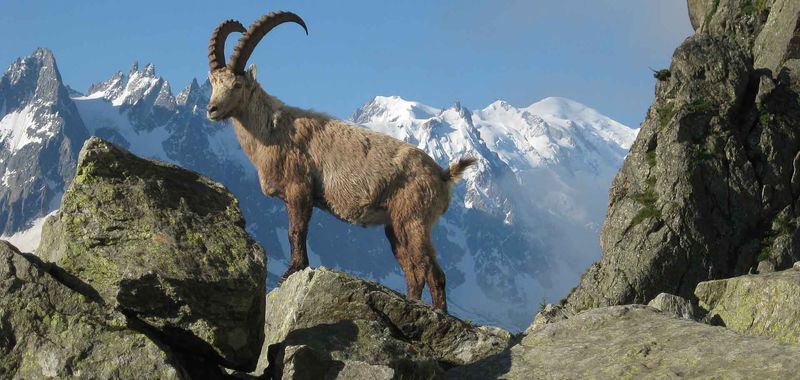
With magnificent curved horns and sure-footed grace, the Pyrenean ibex once roamed the mountains between Spain and France. Hunting pressure, disease, and competition from domestic livestock gradually reduced their numbers.
Celia, the last known Pyrenean ibex, was found dead in 2000, crushed by a fallen tree. Though scientists briefly cloned the species in 2009 (the kid survived just 7 minutes), the Pyrenean ibex remains extinct in the wild.
9. Quagga: Half-Zebra Mystery
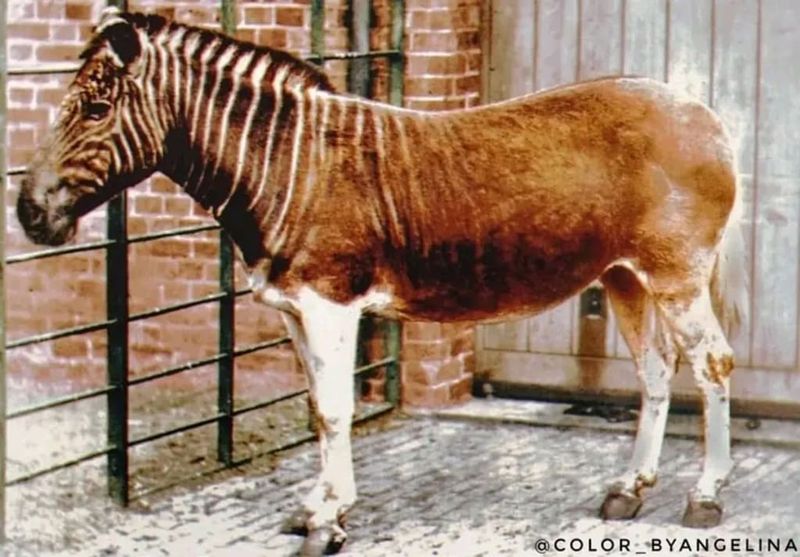
The quagga puzzled early naturalists with its unique appearance – striped like a zebra on its head and shoulders, but plain brown on its hindquarters and legs. These distinctive equids once roamed South Africa’s grasslands in vast herds.
European settlers hunted them extensively for meat and hides. The last wild quagga was shot in the late 1870s, and the final captive individual died at Amsterdam Zoo in 1883, before anyone realized they represented a unique subspecies.
10. Golden Toad: Vanished In A Flash
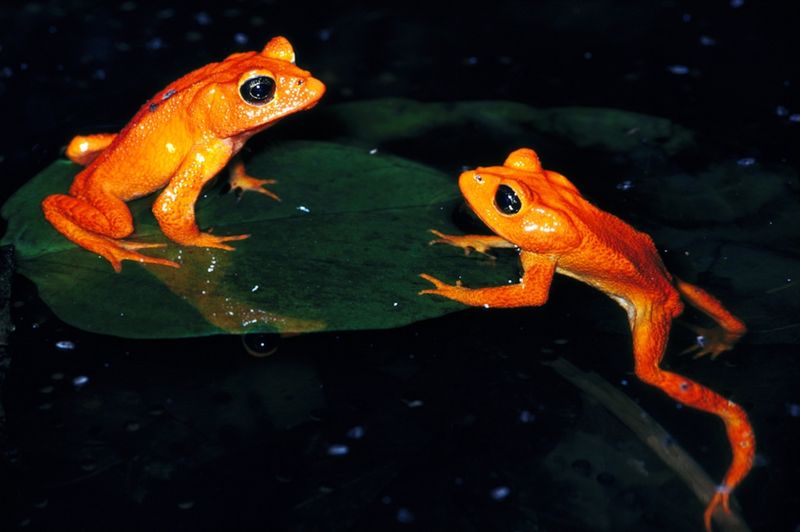
For just a few weeks each year, the cloud forests of Costa Rica’s Monteverde Reserve would come alive with brilliant orange male golden toads gathering at breeding pools. Their electric color made them seem almost unreal.
In 1987, biologists counted over 1,500 adults. By 1989, they were gone. Climate change, fungal disease, and habitat loss likely combined to cause one of the most rapid extinctions ever documented – a sobering reminder of amphibians’ vulnerability.
11. California Condor: Back From The Brink
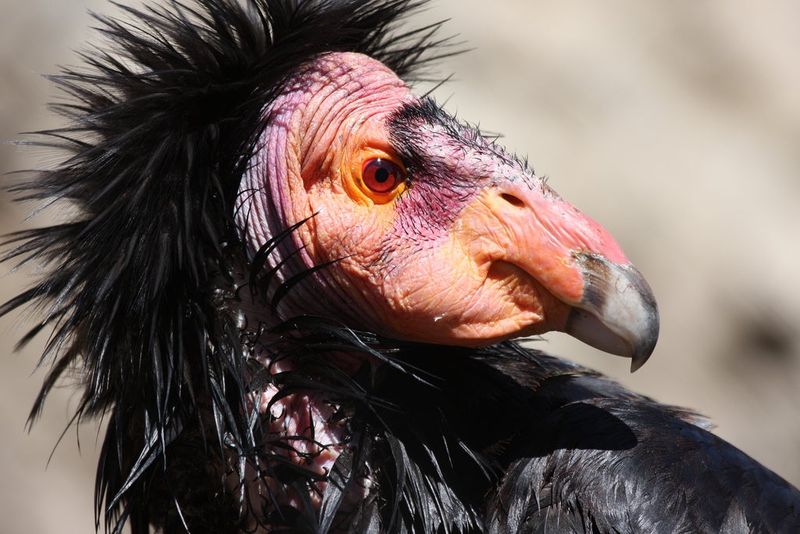
North America’s largest bird nearly disappeared forever. With a 9-foot wingspan, these magnificent vultures once soared from British Columbia to Mexico. By 1987, only 27 remained, all in captivity.
A controversial decision to capture every wild condor paid off. Careful breeding programs gradually rebuilt their population. Today, over 300 California condors fly free, though they remain critically endangered and require ongoing protection from lead poisoning and habitat loss.
12. Southern White Rhinoceros: Conservation Success Story
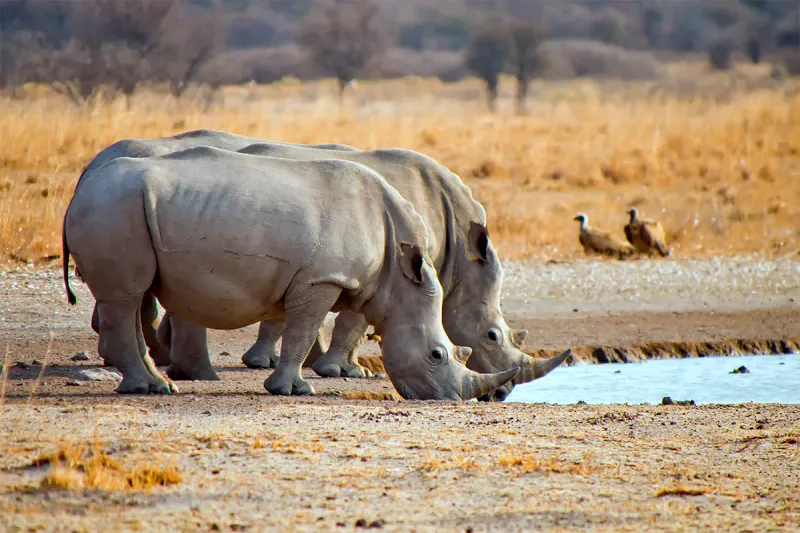
By the late 19th century, the southern white rhinoceros was thought to be extinct. Then, in 1895, a small population of fewer than 50 individuals was discovered in South Africa.
Strict protection transformed their fate. Today, approximately 20,000 southern white rhinos exist – the only rhino species not critically endangered. While poaching remains a serious threat, their recovery represents one of conservation’s greatest achievements and offers hope for their critically endangered northern relatives.
13. Black-Footed Ferret: Prairie Comeback Kid

These masked prairie hunters were declared extinct in 1979 – until a Wyoming ranch dog named Shep brought a dead one home in 1981. Scientists traced Shep’s discovery to a small surviving colony of just 18 ferrets.
Every black-footed ferret alive today descends from those 18 individuals. Through captive breeding and reintroduction programs, over 300 now live in the wild. Their recovery continues to face challenges from prairie dog decline and sylvatic plague.
14. Arabian Oryx: Desert Phantom Returns
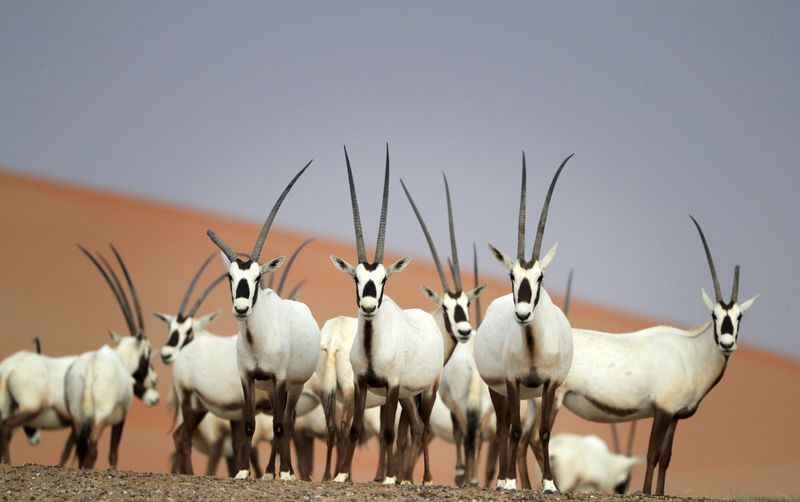
With its stark white coat and long straight horns, the Arabian oryx inspired the unicorn legend. Excessive hunting drove these desert antelopes to extinction in the wild by 1972, with the last wild individual shot in Oman.
Fortunately, a captive breeding program using oryx from zoos and private collections succeeded brilliantly. Reintroduction began in 1982, and today over 1,000 Arabian oryx roam protected reserves across the Arabian Peninsula – a remarkable resurrection from the brink.
15. Przewalski’s Horse: Wild Equine Revival
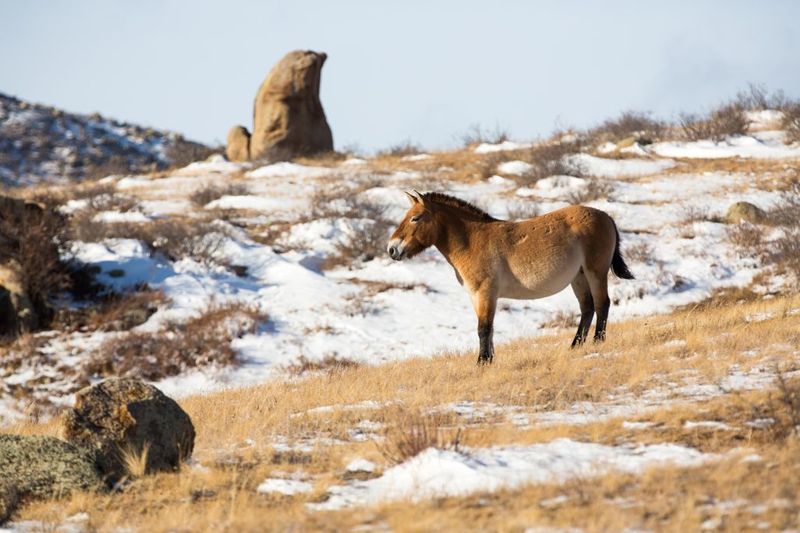
The world’s only truly wild horse vanished from its native Mongolian steppes in the 1960s. Unlike other horses, Przewalski’s horses were never domesticated, maintaining their ancient genetic lineage with 66 chromosomes (compared to domestic horses’ 64).
Captive breeding from just 12 founder animals saved them from oblivion. Since 1992, reintroduction efforts have established wild populations in Mongolia and China. These stocky, dun-colored horses now number over 2,000 worldwide.

